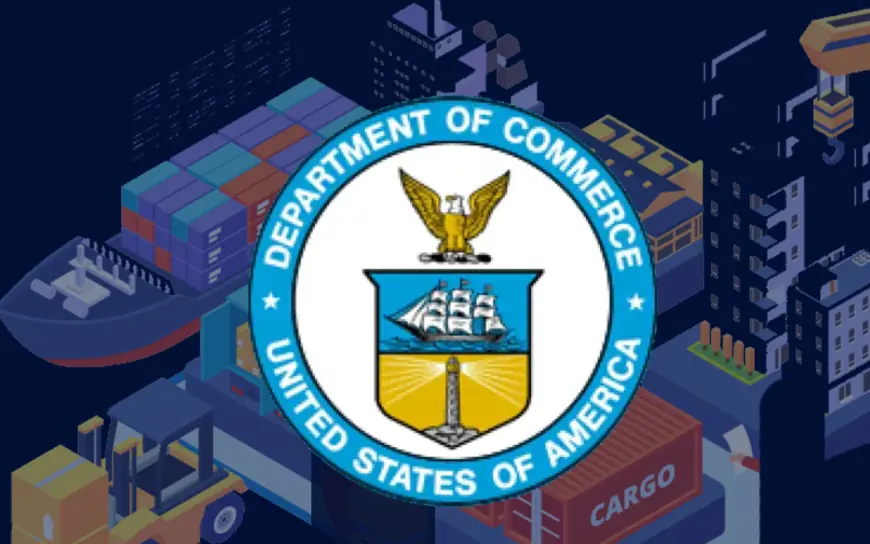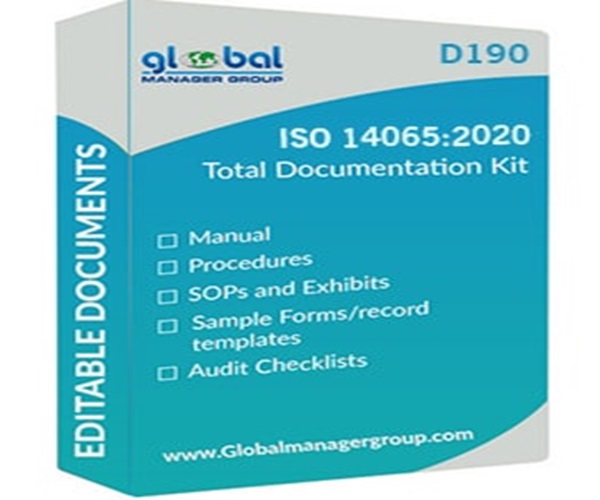U.S. Identifies Critical Sectors and Key Goods for Potential Cooperation under the IPEF Supply Chain Agreement
Today, the United States announced its list of critical sectors and key goods for potential cooperation under the IPEF Supply Chain Agreement to strengthen supply chain resiliency.

Today, the United States announced its list of critical sectors and key goods for potential cooperation under the IPEF Supply Chain Agreement to strengthen supply chain resiliency. This is a key milestone in implementing the IPEF Supply Chain Agreement to establish a framework for deeper collaboration to prevent, mitigate, and prepare for supply chain disruptions.
The IPEF Supply Chain Council, one of the three bodies established under the IPEF Supply Chain Agreement, lays the foundation for collaboration on supply chain opportunities and challenges across the Indo-Pacific. Through the work of the Council, Parties may collaborate to enhance the resilience, sustainability, and diversification of IPEF supply chains and explore opportunities to identify best practices and advance policies, measures, or actions positively impacting trade among the Parties in critical sectors or key goods.
Under the IPEF Supply Chain Agreement, each Party committed to developing a list of “critical sectors” and “key goods” for cooperation under the Agreement, to be shared through the Council. These lists are intended to be iterative and change as needed over time.
The International Trade Administration’s Industry & Analysis unit conducted in-house analyses of supply chains for sectors and goods for potential near-term U.S. opportunities in the Indo-Pacific region, supplemented by public input obtained via a Federal Register Notice (FRN) in June 2024 and interagency consultations.
Ultimately, sectors and goods notified by multiple Parties may be selected as the subject of Action Plans to identify shared vulnerabilities and opportunities to build resilience per Article 10 of the IPEF Supply Chain Agreement. The U.S. list below is specifically for use in the context of the IPEF Supply Chain Agreement and is not a definitive list of U.S. priorities for the purposes of any other U.S. government supply chain efforts, nor a definitive list of what the IPEF Supply Chain Council will prioritize for discussion and action. The United States does not anticipate that all of the sectors and goods on this list will be selected for Action Plans, which will be decided by the Council. This list can be updated in the future as needed. The United States continues to seek input on sectors and goods for consideration under the IPEF Supply Chain Agreement, and the U.S. list of critical sectors and key goods can be updated in the future accordingly.
U.S. List of Critical Sectors and Key Goods for Potential Cooperation under the IPEF Supply Chain Agreement
Agriculture
Chemicals
Consumer Goods
Critical Minerals and Mining
Energy/Environmental Industries, including:
- Advanced batteries, including components and materials
- Carbon management/capture technologies
- Electric grid equipment and technologies
- Forgings and die castings
- Hydropower, including components and materials
- Hydrogen, including components and materials, as well as molecular derivatives
- Permanent magnets
- Nuclear energy, including components and materials
- Solar energy systems, including panels, components, and materials
- Water and wastewater treatment equipment and chemicals
- Wind turbines, including components and materials
Health Industries, including:
- Medical devices
- Personal protective equipment
- Pharmaceuticals (particularly Active Pharmaceutical Ingredients (APIs), generic drugs, and biological products)
- Vitamins and amino acids
Information and Communication Technology Products, including:
- Audiovisual technology (particularly displays)
- Semiconductors (focused on assembly, testing, and packaging (ATP))
- Telecommunication network equipment (particularly switches and routers)
- Electronics manufacturing services
Transportation and Logistics, including:
- Aerospace and aerospace components, including aircraft equipment
- Automotive parts (particularly electronic components, sensors, engines, transmissions, and electric motors used in vehicles)
- Cargo handling equipment (particularly cranes) and the movement of shipping containers
- Heavy/medium duty trucks, including parts and materials
- Mass transit equipment, including transit buses, motor coaches, and rail passenger cars
- Rail equipment
- Shipbuilding and repair (particularly shipbuilding materials, marine engines, propulsion systems, ship components, and repair equipment)
- Transportation, logistics, and distribution services (particularly cold chain services and IT interoperability standards)
























